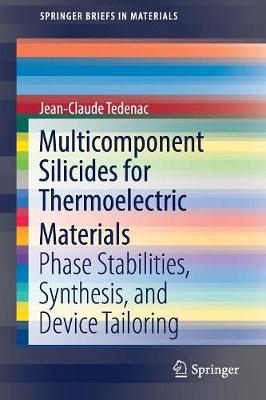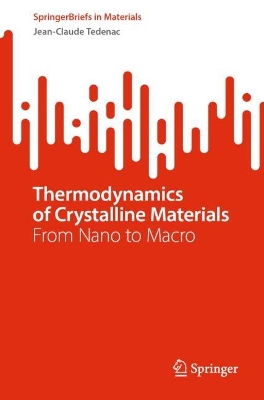SpringerBriefs in Materials
2 total works
This book provides a comprehensive review of the current state of the art in silicon compounds for thermoelectric applications. Silicides are materials with good initial thermoelectric properties, which can be enhanced through tuning of their micro- and macrostructure. These compounds present various conduction mechanisms and complex band structures. Moreover, some are isotropic, and others anisotropic, which is highly beneficial for device tailoring. Silicides are a particularly attractive material for sensors, thermoelectric generators, and other applications because they are environmentally friendly, abundant, and low cost. This concise volume covers fundamentals and applications for an audience of materials scientists, chemists, solid-state physicists, and engineers.
This book provides expert treatment of the use of the Calphad calculations for the study of crystal structures and thermodynamics relationships in phase diagram determination. After a short review of the relationships between crystal structures and the thermodynamics of materials, including all possible phase transformations, the book proceeds to a brief discussion of the methods for solving the stability hierarchy of different phases. Coverage includes both theoretical calculations and experimental methods based on classical thermodynamics, with emphasis on the latter. The experimental approach is mainly carried out using heat-exchange data associated with the transition of one form into another. It is demonstrated that the crystallographic properties must be associated with the phase transformations and should be taken into account. The role of X-ray crystallography therein is also discussed. Readers interested in carrying out related research will appreciate the detailed discussion and critical analysis of key results obtained by the author and his colleagues over the past five years.

